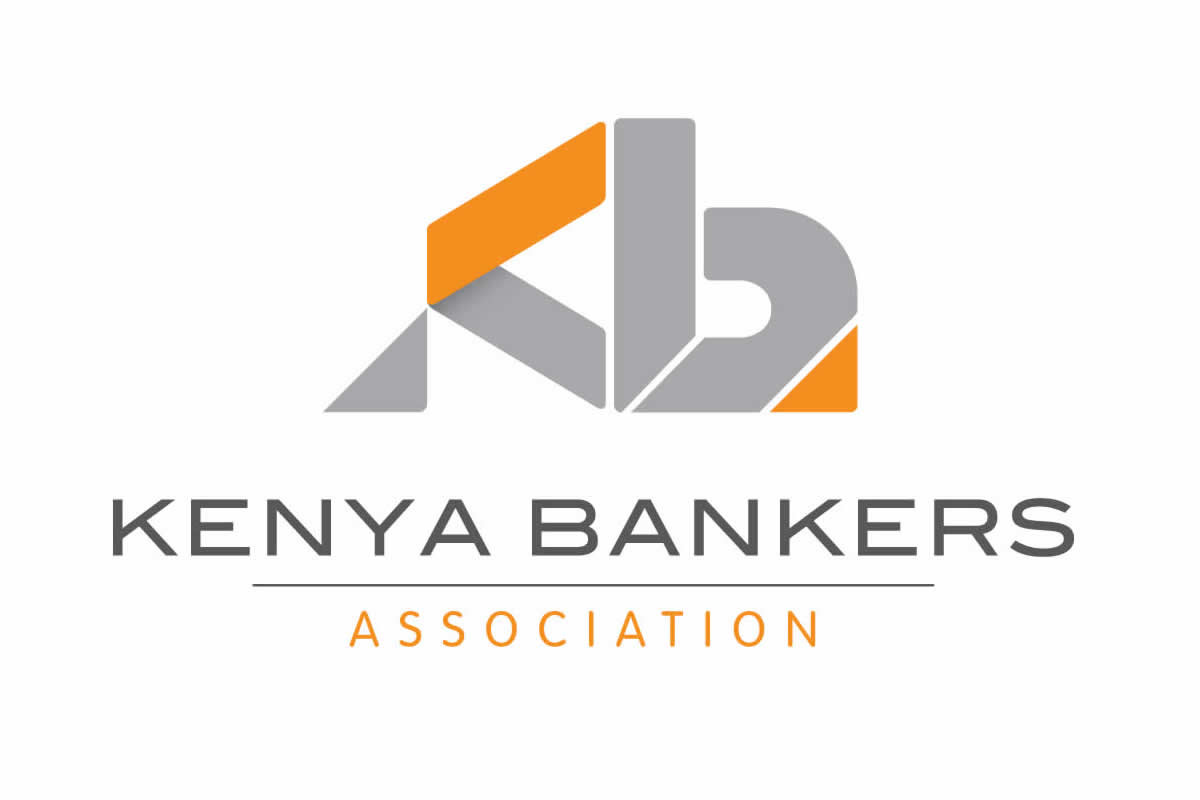Nairobi, December 8, 2024 – The Kenya Bankers Association (KBA) has announced that banks will begin lowering lending rates, a move aimed at easing access to credit and supporting Kenya’s economic recovery. This follows successive cuts to the Central Bank Rate (CBR) by the Central Bank of Kenya (CBK).
In a statement issued today, KBA affirmed the banking sector’s commitment to address the financial strain experienced by borrowers due to high borrowing costs. The association revealed that, starting December 2024, banks will progressively reduce interest rates on loans and notify customers of the changes. The rate reductions will be guided by adjustments in monetary policy and evolving credit risk factors.
In the statement, KBA Chairman and NCBA Group Managing Director, John Gachora, emphasized the banking sector’s commitment to foster a lending environment that is accessible, affordable, and sustainable. He said supporting households, businesses, and the broader economy remains a key focus for the industry. “As banks, we remain committed to supporting our customers and spurring economic growth. Our aim is to provide borrowing channels that effectively support individuals, households, and businesses to thrive for the good of the economy,” said Mr. Gachora.
Mr. Gachora said that while the lending rates are set to drop, the reductions will be implemented progressively due to the nature of the banking sector, which operates by mobilizing deposits and issuing loans from the same deposit pool. ‘’Deposits that were locked in at higher rates before the Central Bank’s rate cuts are still affecting the cost of funds for banks,’’ he said, adding that as the higher-cost deposits mature and are replaced by lower-cost deposits, banks will have more flexibility to reduce lending rates further.
The process of determining lending rates is guided by risk-based credit pricing model, in which each bank assesses the borrower’s risk profile and adjusts the loan interest rate accordingly. Loan pricing is influenced by a bank’s base rate as well as a customer-specific risk premium. The base rate reflects key factors such as the Central Bank Rate and the cost of government borrowing, while the risk premium considers the customer’s credit risk, which can be influenced by their credit history, ability to repay, and the general economic environment. Borrowers with strong credit profiles receive lower rates, while higher-risk customers are charged a premium.
Despite the planned rate reductions, KBA acknowledged that several economic pressures continue to weigh on lending conditions. The pressures include the rising cost of living, which has reduced consumers’ capacity to service loans; the ongoing challenge of delayed payments to businesses, particularly in sectors dependent on government contracts; and reduced consumer demand due to shrinking disposable incomes. These factors contribute to higher consumer risk, which affects banks’ capacity to offer lower interest rates to all borrowers.
To address the broader factors affecting access to affordable credit, Mr. Gachora said KBA is working with the Government and other stakeholders to resolve underlying issues. Key focus areas include the review of risk-based pricing models to ensure fairness and transparency, accelerating payments owed to suppliers to improve cash flow, and clearing litigation backlogs that delay the resolution of commercial disputes. The efforts are intended to improve the lending environment and create a more supportive credit landscape for households and businesses.
As the rate reductions come into effect, borrowers can expect to receive direct communication from their banks on how the changes will impact on their loans. KBA has urged customers to remain engaged with their banks and to understand their personal credit risk profiles, which play a significant role in determining the interest rates they receive. Customers are encouraged to monitor communications from their respective banks regarding changes in loan rates and other related updates.
Access Full Statement Here: Banks Committed To Reduced Lending Rates To Spur Economic Growth
About the Kenya Bankers Association
KBA (www.kba.co.ke) was founded on 16th July 1962. Today, KBA is the financial sector’s leading advocacy group and banking industry umbrella body that represents total assets in excess of USD 60 billion. KBA has evolved and broadened its function to include advocacy on behalf of the banking industry and championing financial sector development through strategic projects such as the launch of the industry’s first P2P digital payments platform PesaLink. In line with the Government’s policy on public-private partnerships, KBA and Central Bank of Kenya have implemented key projects such as modernization of the National Payments System through the Automated Clearing House, implementing the Real Time Gross Settlement System (RTGS), and the Kenya Credit Information Sharing Initiative. The KBA members are comprised of commercial banks and deposits taking microfinance banks.


